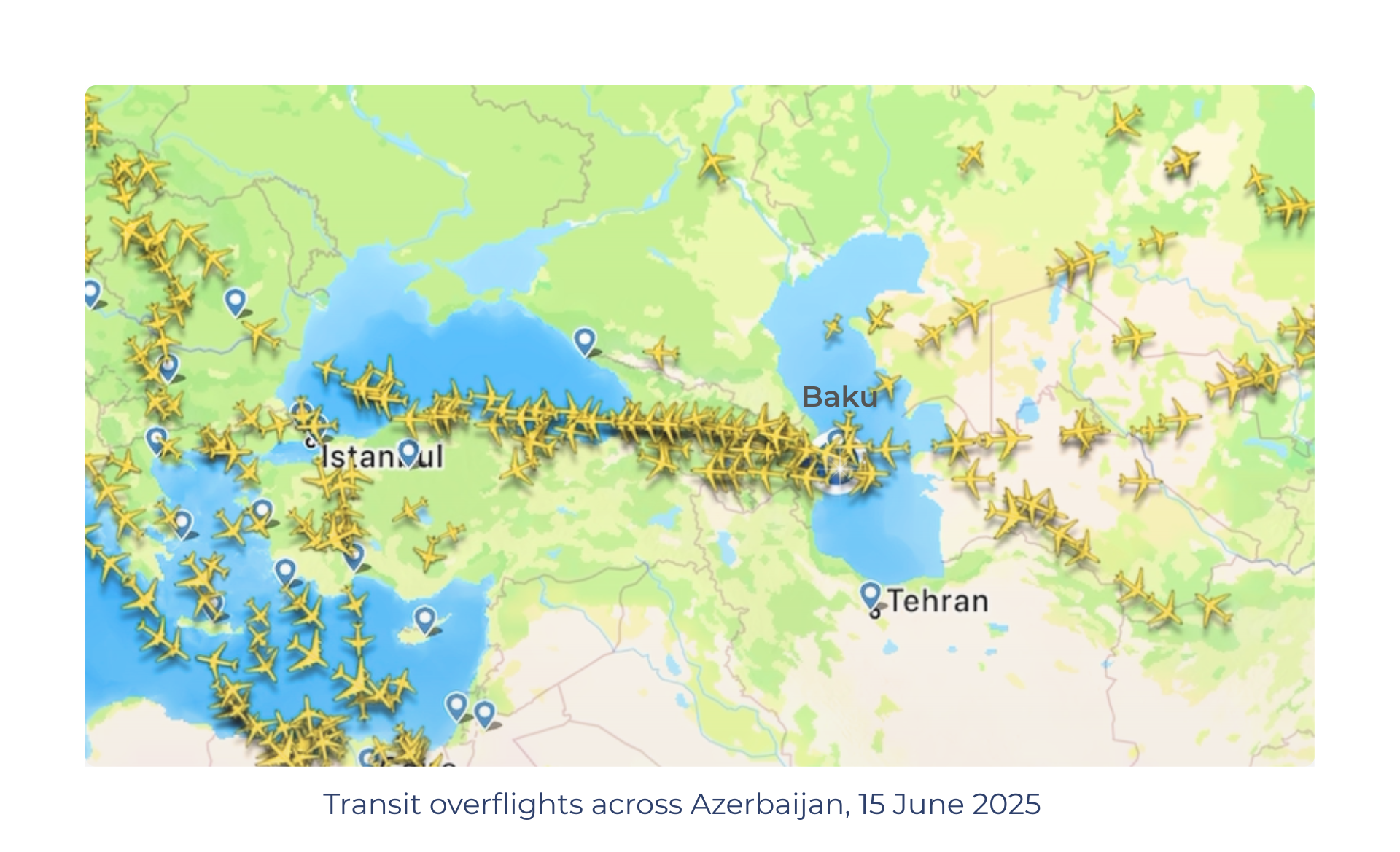Using data to identify ways to improve sustainability and track airspace efficiency

Ian Jopson, Head of Sustainable Operations at NATS, explains how NATS uses its flight efficiency insight metric – 3Di – to identify the efficiency of UK airspace, track performance and set targets for improvement.
Reducing the aviation industry’s carbon footprint is one of our biggest challenges. While the greatest CO2 savings can be made with advancements in aircraft and engine technology, managing airspace more efficiently can play a crucial role in ‘building back better’ once the public start flying again.
Given much of the aviation industry has committed to reaching net-zero emissions by 2050, we have taken the decision to share our 3Di metric with the wider industry to help them further understand the efficiency of their operation and where environmental improvements can be made.
We introduced 3Di in 2012 to allow us to measure the efficiency of our airspace and identify areas for improvement. Since then it has enabled savings of over 6 million tonnes of aircraft CO2 and it’s been a cornerstone of our efforts to strive for greater sustainability in the service we offer our airline customers.
3Di works by comparing the actual trajectory of each aircraft (from real radar data) against an optimal or airline-preferred flight trajectory that would minimise fuel burn and CO2emissions.
A preferred trajectory or ‘perfect flight’ – a score of zero – would include a continuous climb from the ground up to and optimal cruise, followed by a continuous descent back to touchdown, with the full profile taking the most direct possible route. Importantly it takes into consideration the entire flight trajectory, not just the two dimensional route.
Anything that causes it to deviate from that, be it airborne holding, a stepped climb or descent or cruising at a sub-optimal flight level sees that score increase.
Of course, the reality is no flight is ‘perfect’ for various reasons, but by making this comparison between actual and optimum trajectories we’ve been able to establish a clear indication of our environmental efficiency, track our performance over time, and set targets for improvement.
A very obvious example would be the time aircraft spend in holding stacks at Heathrow which, together with the airport and through the use of new tools and technologies, we’ve been able to reduce over the years.
But the biggest influence on our 3Di score is the underlying structure of UK airspace, which doesn’t always allow us to offer the optimum routes we’d like. That’s something that will have to change over the coming years and will help make a major contribution to our industry’s net zero target. We hope that giving 3Di away might help others to make sustainability improvements to their own operations. It’s not a silver bullet, but it has helped make a difference to us and when we consider the huge challenge posed by climate change, every little helps.
For more information visit www.nats.aero/environment/airspace-efficiency/.




